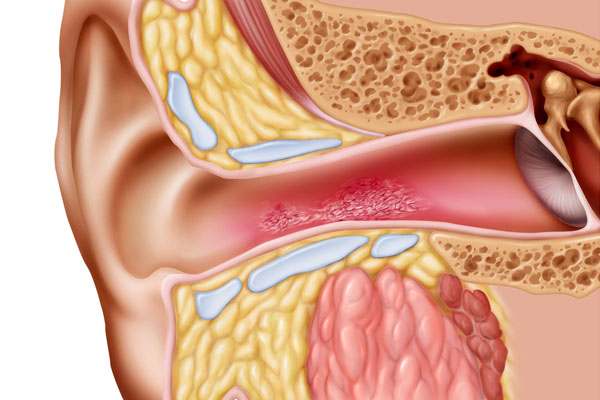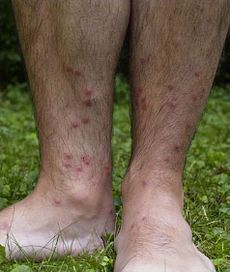

For more information, visit and search: swimmer's itch. Check out the provincial government's website to see which lakes and beaches have been flagged as potential problem areas. Avoid swimming in areas that have a reputation for swimmer's itch. But there are ways you can reduce your risk of developing swimmer's itch and enjoy the water this summer. There is only one way to guarantee that you won't get swimmer's itch: don't go swimming. And heavy winds can cause them to become concentrated in shallow bodies of water, especially in marshy areas where there are plenty of snails and birds. Hot weather, for example, can accelerate the development of parasites. At this point you need to see your health-care provider.Īlthough schistosome parasites can be found in Manitoba lakes every summer, the conditions have to be just right for swimmer's itch to emerge as a problem.

Sometimes scratching causes so much damage an infection occurs. Sometimes oral steroids may be needed if the rash is extensive. Most of the time, swimmer's itch can be treated with antihistamines, anti-itch cream, or steroid creams. It does not spread to other parts of the body and cannot be passed on to other people.īecause swimmer's itch is an allergic reaction, those who have previously been exposed to the swimmer's itch parasite may experience a more severe rash each time they become infected. The severity of the infection will depend on the exposure to the parasites while in the water.Īlthough terribly annoying, swimmer's itch is not dangerous. That will be followed by the appearance of little red pinpoint bumps that will get bigger as they are scratched. At first, you may notice a tingling sensation. Symptoms can vary from mild to severe, and usually start to appear as soon as you get out of the water. But before they do, they cause an allergic reaction, which manifests itself in an itchy rash. These particular parasites cannot live in humans, so they quickly die off. As they move from one host to another, the parasites can come into contact with swimmers, and quickly burrow under the skin. This microscopic parasite is found in many Manitoba lakes and is known to cause something called cercarial dermatitis, or swimmer's itch.ĭuring its complex lifecycle, the parasite spends a fair amount of time migrating between snails and waterfowl that float on the water.

Some of these creatures simply add to the joy and wonder of the great outdoors. But in addition to being a great place to go for a swim on a hot day, it is worth remembering lakes are also frequented by a wide variety of fish, birds, snails and other aquatic life.


 0 kommentar(er)
0 kommentar(er)
